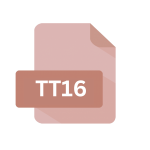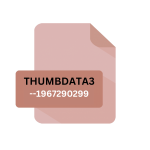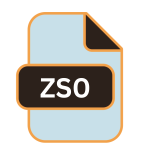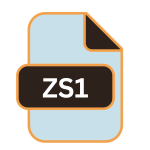.XDP File Extension

XML Data Package
| Developer | Adobe Systems |
| Popularity | |
| Category | Data Files |
| Format | .XDP |
| Cross Platform | Update Soon |
What is an XDP file?
.XDP files, also known as XML Data Packages, are XML-based documents used primarily for encapsulating and exchanging structured data.
XML, or Extensible Markup Language, serves as a versatile format for representing hierarchical data in a human-readable and machine-understandable manner.
.XDP files leverage the capabilities of XML to package data along with associated metadata, providing a standardized method for data interchange and preservation.
More Information.
The history of .XDP files are intertwined with the evolution of XML and its adoption across industries for data representation and exchange.
Initially conceived as a means to facilitate the exchange of structured data within and between organizations, .XDP files found applications in various domains, including document management, electronic forms, data integration, and workflow automation.
Over time, their usage expanded to encompass a wide range of use cases, driving the development of tools and technologies to support the creation, manipulation, and consumption of .XDP files.
Origin Of This File.
The origin of .XDP files can be traced back to the need for a robust and flexible format to encapsulate structured data, ensuring its integrity and interoperability across diverse systems and platforms.
As organizations increasingly relied on digital data for various purposes, there arose a demand for a standardized approach to package and exchange this data efficiently.
XML emerged as a natural choice due to its inherent extensibility and compatibility with existing technologies.
File Structure Technical Specification.
.XDP files adhere to the XML standard, employing tags and attributes to represent structured data.
At their core, .XDP files consist of elements that define the structure of the data package, along with attributes that provide metadata such as authorship, creation date, and version information.
Additionally, .XDP files may contain embedded resources such as images, fonts, or other media assets referenced within the document.
Technical specifications for .XDP files define the rules and conventions governing their structure, encoding, and interpretation.
These specifications may vary depending on the application or standardization body responsible for defining them. Common elements found in .XDP files include:
- Package Metadata: Information about the data package, including its title, description, creator, and version.
- Data Structure: Hierarchical organization of data elements, represented using XML tags and attributes.
- Embedded Resources: References to external assets or dependencies required for rendering or processing the data package.
- Validation Rules: Constraints and rules for validating the integrity and correctness of the data package.
How to Convert the File?
Converting .XDP files to other formats or vice versa often involve specialized tools or software designed for handling XML data.
Depending on the target format and requirements, conversion methods may vary. Common conversion scenarios include:
- XML to PDF: Convert .XDP files to PDF format for easier distribution and printing using tools such as Adobe Acrobat or third-party converters.
- XML to CSV/Excel: Extract data from .XDP files and convert them to CSV or Excel format for analysis and manipulation using spreadsheet software or data processing tools.
- XML to HTML: Transform .XDP files into HTML documents for web publishing or online presentation using XSLT (eXtensible Stylesheet Language Transformations) or XML processing libraries.
Advantages And Disadvantages.
Advantages:
- Interoperability: .XDP files can be exchanged and processed across different platforms and applications that support XML.
- Structured Data: By encapsulating data within a hierarchical structure, .XDP files enable efficient organization and retrieval of information.
- Metadata Support: .XDP files can contain metadata that provides context and descriptive information about the enclosed data package.
- Standardization: As an XML-based format, .XDP files benefit from existing standards and technologies for data representation and manipulation.
Disadvantages:
- Complexity: Handling .XDP files may require familiarity with XML syntax and related technologies, which can be daunting for novice users.
- Parsing Overhead: Processing .XDP files may incur computational overhead due to the need for parsing and validating XML documents.
- Limited Multimedia Support: While .XDP files can reference external resources, but they may not fully support the embedding of complex multimedia content.
- Versioning Challenges: Managing changes and updates to .XDP files may pose challenges, particularly in collaborative or distributed environments.
How to Open XDP?
Open In Windows
- Use applications like Adobe Acrobat Reader or Microsoft Edge to open .XDP files on Windows-based systems.
Open In Linux
- Various PDF viewers or web browsers available on Linux distributions support opening .XDP files.
Open In MAC
- Applications like Adobe Acrobat Reader or Safari can be used to open .XDP files on macOS devices.













